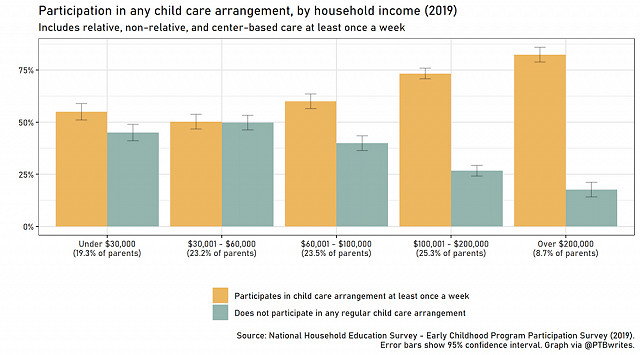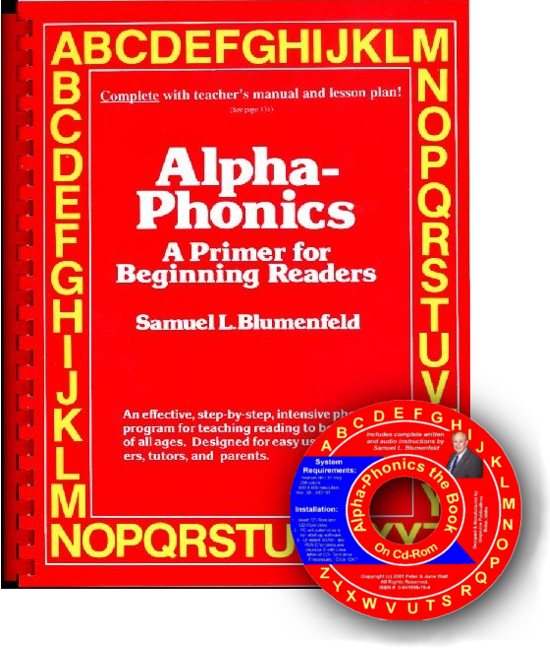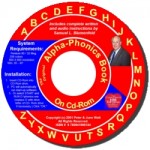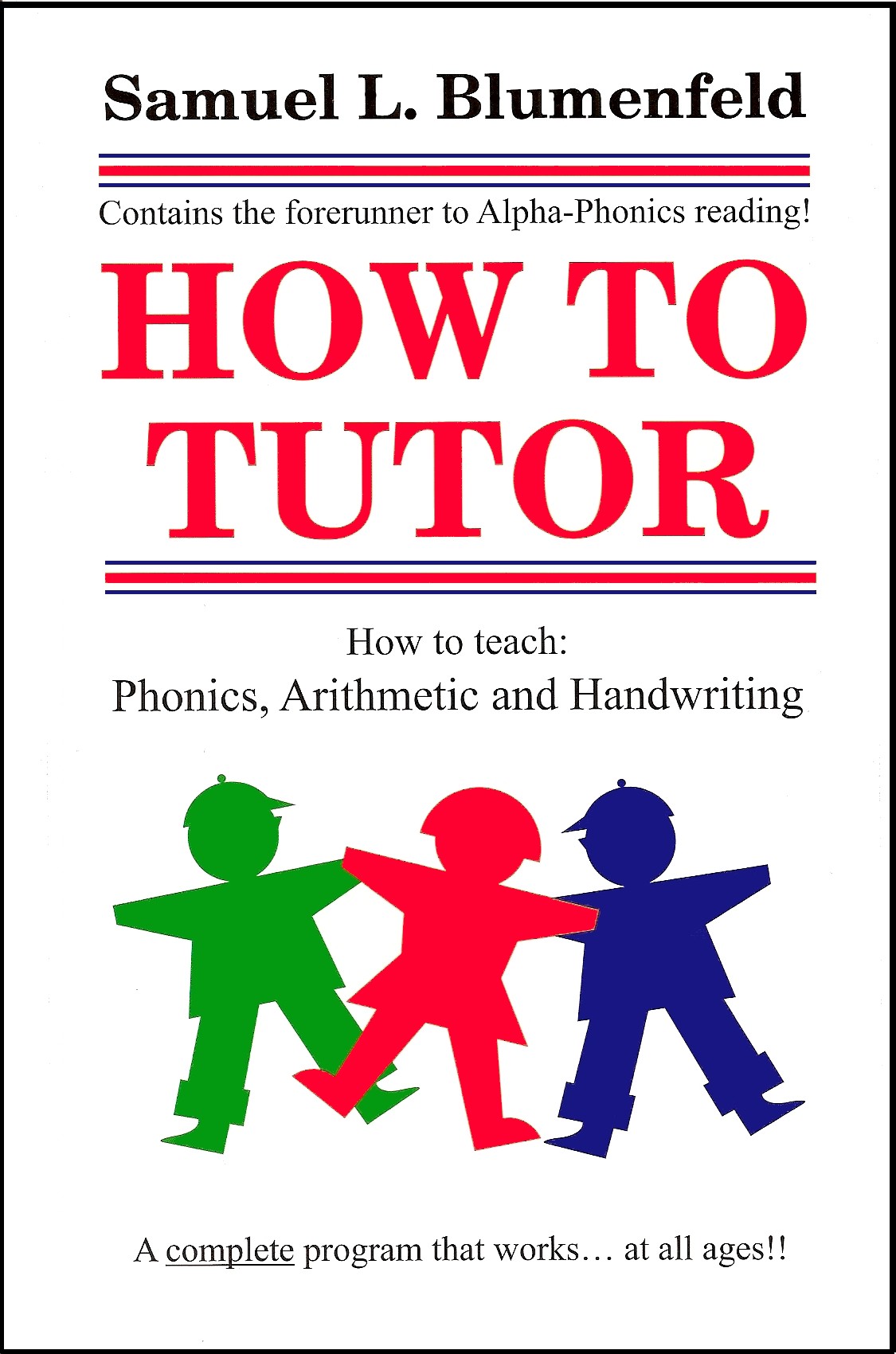Higher-income households are more likely to rely on non-parental care, while working-class families are just as likely as not to take part in any non-parental care.
- A massive child care push would put a federal thumb on the scale in favor of families with two earners over those that choose to have a parent at home.
The $1,400-per-person checks and one-year introduction of a child allowance got all the headlines in coverage of the recently-passed American Rescue Plan (ARP). But the lines may have been drawn for future battles in some provisions that went under the radar.
headlines in coverage of the recently-passed American Rescue Plan (ARP). But the lines may have been drawn for future battles in some provisions that went under the radar.
The ARP is boosting funding for child care by previously-unknown amounts: $24 billion will go towards new “stabilization grant,” aimed at helping child care centers pushed to the brink by the pandemic. (This comes on top of $3.5 billion allocated towards child care providers in the original CARES Act, and another $10 billion in December’s previous COVID relief bill.) In addition, states will receive an additional $14.9 billion in the Child Care and Development Block Grant, which funds child care services for low-income families, and $3.5 billion for general state child care assistance.
In the tax code, the ARP will also make the Child and Dependent Care Tax Credit much more generous, allowing families to claim up to $8,000 in expenses for one child (up from $3,000), deducted from their taxes at up to 50% (up from 35% previously).
Make no mistake—this was a back-up-the-Brinks-truck approach to policymaking, without much emphasis on reform. To be fair, the child care industry got hit relatively hard during the pandemic, and some of the additional money, similar to those directed at restaurants and the entertainment industry, may have been necessary and appropriate.
But conservatives should be alert to the seeds being planted for something larger down the road. On the campaign trail, then-candidate Biden proposed universal pre-kindergarten for three- and four-year-olds with a price tag of $775 billion. Democrats will get a second bite at the budget reconciliation apple later this summer, and some reports suggest that large-scale provision of child care may be included in a mammoth infrastructure package.
 At first blush, including child care in an infrastructure bill seems like a category error—building bridges, airports, and train stations are examples of large capital expenditures that can pay dividends over their decades of use. Setting up large-scale national child care, on the other hand, would entail an ongoing outlay that would likely increase over time.
At first blush, including child care in an infrastructure bill seems like a category error—building bridges, airports, and train stations are examples of large capital expenditures that can pay dividends over their decades of use. Setting up large-scale national child care, on the other hand, would entail an ongoing outlay that would likely increase over time.
For their part,child care advocates argue a large-scale approach would be worth it, and may even pay for itself. Some envy the labor force participation of moms in countries with universal child care, and tally up the lost GDP from moms who choose to stay home with their kids rather than enter the labor force.
But conservatives should resist the push for a federal child care program on grounds other than just the large price tag. Primarily, a massive child care push would put a federal thumb on the scale in favor of families with two earners over those that choose to have a parent at home.
New data from a nationally representative study illustrates how families differ in their need for child care. The latest round of the Early Childhood Participation Survey, a subset of the National Household Education Survey, recently came available (it was fielded in 2019, so all numbers are pre-pandemic.)
Its findings are intuitive—higher-income households are more likely to rely on non-parental care, such as relatives, child care centers, daycares, or other arrangements, while working-class families are just as likely as not to take part in any non-parental care (the lowest-income parents are slightly more likely to have a child care arrangement reflecting their higher rate of single parenthood.)

Some of this is a mechanical relationship—having two earners in the household automatically raises your total income, so families making less than $60,000 tend not to have multiple parents in the labor force. But it also reflects some rational tradeoffs—after child care expenses and taxes, a working-class family may end up only slightly better off monetarily with both parents working as opposed to one. And income, after all, is only one dimension of family life. In public opinion surveys, a majority of mothers say their ideal work-life situation would be to work part-time or not all.
Single parents naturally have a greater need for child care, but even in looking only at married-couple families, the same relationship between earnings potential and child care presents itself. Married families with advanced levels of education are more likely to rely on center-based child care, while families with parents who don’t have a degree tend to keep their kids at home.
To read the balance of this article please click HERE
Patrick T. Brown (@PTBwrites) is a former senior policy advisor to Congress’ Joint Economic Committee and a policy fellow at the Institute for Family Studies.
A great option all Parents have is to take matters into their OWN hands and teach their OWN children to read; to become excellent readers. Many Tens of thousands of Parents have done so in the past 37 years by using ALPHA-PHONICS. To learn how easy it is to do this please follow the LINKS below:


 Alpha-Phonics
Alpha-Phonics The Alphabet Song!
The Alphabet Song! Water on the Floor
Water on the Floor Alpha-Phonics the Book on CD Rom
Alpha-Phonics the Book on CD Rom Blumenfeld Oral Reading Assessment Test
Blumenfeld Oral Reading Assessment Test How To Tutor
How To Tutor How To Tutor Cursive Handwriting Workbook
How To Tutor Cursive Handwriting Workbook